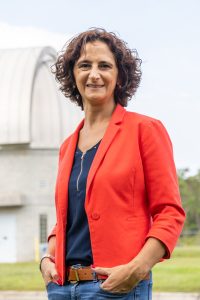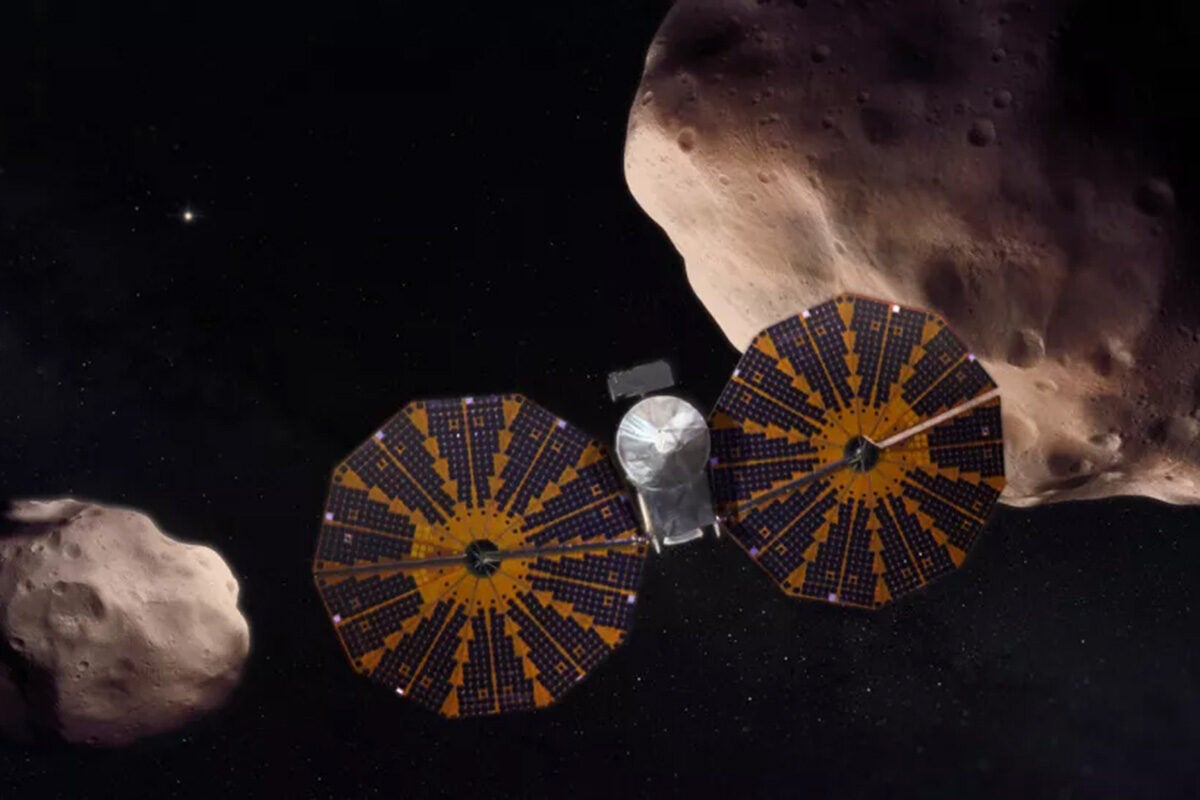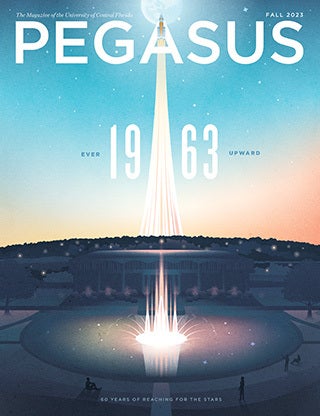A University of Central Florida researcher is part of a team that recently discovered significant insights into the size and surface composition of Dinkinesh, an asteroid that NASA’s Lucy mission will visit in November.
Using observations from telescopes in Spain and the U.S., the team found that Dinkinesh is remarkably small, making it the smallest asteroid to be approached by Lucy. They also found that it is a stony, or S-type, asteroid composed of mainly silicates and some metal.
The results were published recently in a letter to the journal Astronomy & Astrophysics.
Launched from Cape Canaveral, Florida, in October 2021, NASA’s 12-year Lucy mission is sending a space probe to 10 asteroids, two in the main asteroid belt first and then eight Trojan asteroids near Jupiter. It will reach Dinkinesh, one of the main belt asteroids, on Nov. 1.
Learning more about surface variations of asteroids will give more insight into the role that small debris and collisions played in forming our solar system, says Noemí Pinilla-Alonso, study co-author and a planetary scientist with UCF’s Florida Space Institute.

“In addition to being smaller, Dinkinesh distinguishes itself from the Trojans, the main targets of the Lucy mission, by exhibiting a different composition,” Pinilla-Alonso says. “While the Trojans are carbonaceous asteroids with volatile components, similar to those found in the outer regions of the main asteroid belt, Dinkinesh is a stony asteroid commonly found in the inner regions of the main belt. These stony asteroids are denser and enriched with magnesium and iron silicates.”
The findings will be critical for planning the Lucy mission’s data acquisition strategy at the time of the flyby, the researchers say.
Pinilla-Alonso says there is still some uncertainty to the exact size of Dinkinesh, but their findings suggest a size range from as small as about 1,700 feet wide to as large as about 4,000 feet wide. This means that Dinkinesh will be the smallest asteroid visited by Lucy.
“Constraining this result from ground-based observatories would require a long baseline of observations carried out along several months,” she says. “The flyby will certainly provide a more accurate estimation of the size and shape of this object.”
Study co-authors also included lead author Julia de León with the Instituto de Astrofísica de Canarias and the Universidad de La Laguna in Spain; Javier Licandro with the Instituto de Astrofísica de Canarias and the Universidad de La Laguna; Nicholas Moskovitz and Theodore Kareta with the Lowell Observatory in Arizona; and Marcel Popescu with the Astronomical Institute of the Romanian Academy in Romania.
Funding included support from the ACIISI, Consejería de Economía, Conocimiento y Empleo del Gobierno de Canarias and the European Regional Development Fund; the Center for Lunar and Asteroid Surface Science (CLASS), a NASA’s SSERVI team funded in Cooperative Agreement Notice 3, and a grant of the Romanian National Authority for Scientific Research and Innovation.
Pinilla-Alonso joined UCF in 2015 as an associate scientist in planetary science at the Florida Space Institute. She has also been the deputy principal scientist of the Arecibo Observatory since 2017. She received her doctorate in astrophysics and planetary sciences from the Universidad de La Laguna in Spain.





